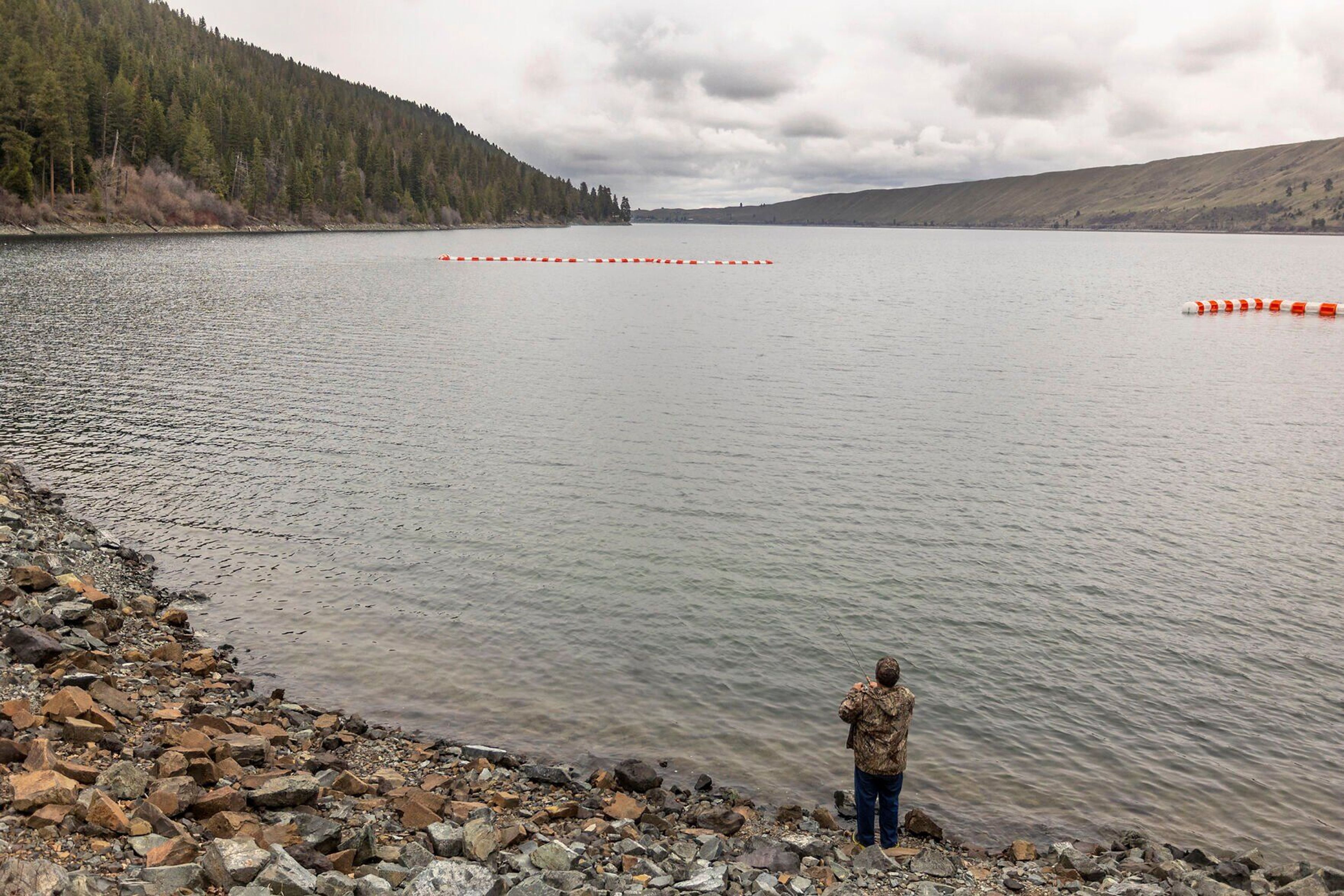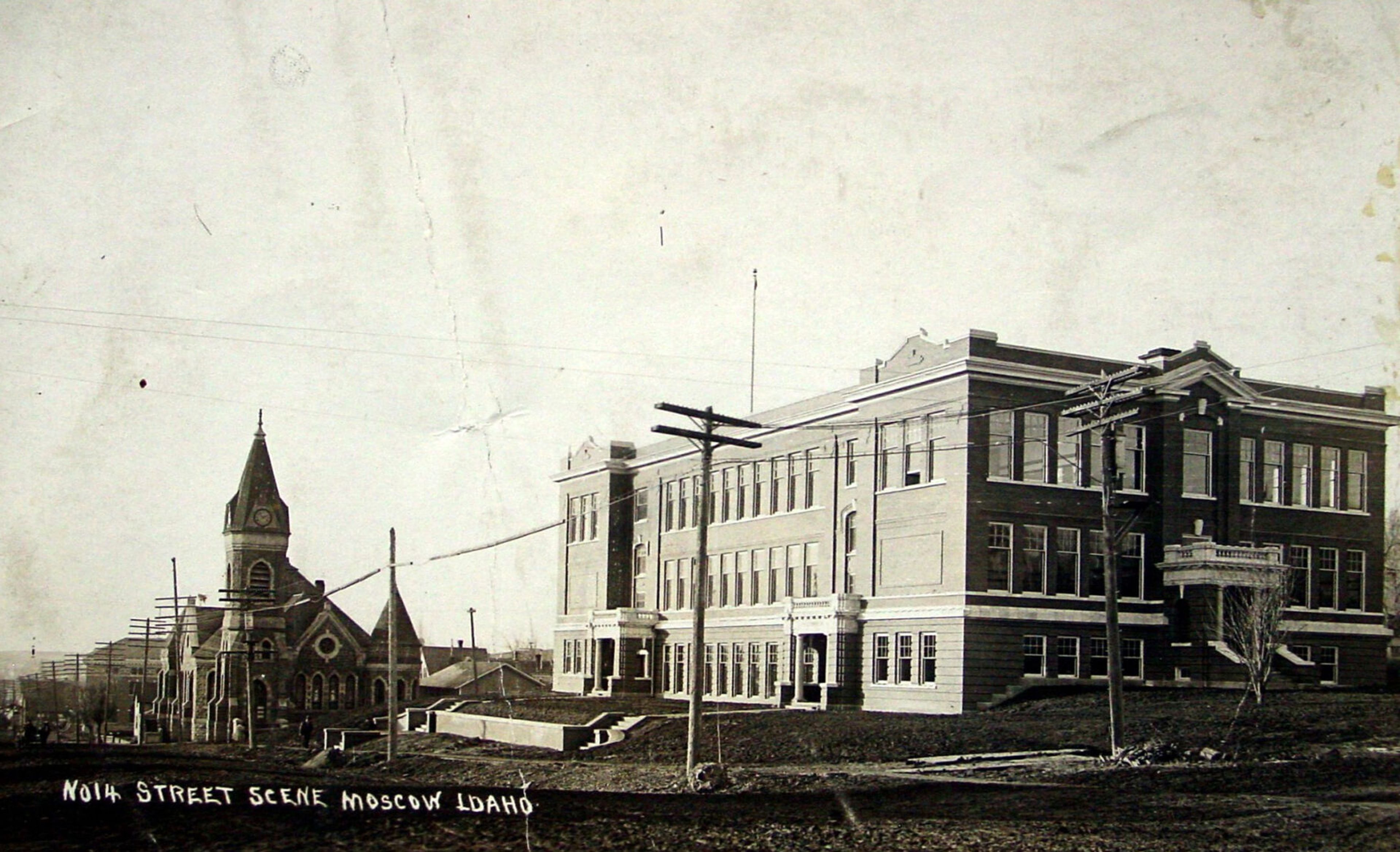Spence is a retired Tribune political reporter who is writing periodic updates during his walkabout this summer in Europe.
SANTIAGO DE COMPOSTELA, Spain — I may not be able to do things like this much longer.
That was the thought going through my mind the last few miles to Santiago Cathedral, as I finished walking the Camino Primitivo pilgrimage trail.
I’d started the trip in May, hiking the Camino Portuguese from Porto to Santiago with my sister. I thought it was pretty easy — mostly level, with plenty of water fountains, benches and hostels or hotels, as well as spectacular views of the Atlantic coast.
Then I took a bus to Irun and did the first half of the Camino del Norte, along Spain’s fantastic northern coast.
However easy I found the Camino Portuguese, the del Norte made up for it. A seemingly endless series of steep ascents and descents that left me sweating and groaning, but still exultant over the gorgeous views.
I finished up by walking the Camino Primitivo from Oviedo to Santiago de Compostela, cutting southwest from the coast through the humid green hills, mountains and farmland of Asturia and Galicia.
Overall I hiked a bit more than 1,000 kilometers, or 600 miles, in 47 days, with another dozen rest days and travel days added in. I gained and lost more than 55,000 feet in elevation — nearly double the height of Mount Everest.
It may not have been the hardest thing I’ve ever done, but it was a hard thing done for a long time. And at 62 years of age, it was just about all I could handle.
I wish I could say I’d saved the best for last, but the Primitivo was my least favorite of the three pilgrimage trails I hiked. The middle section has some lovely views and ridge walks, but the first three days and last few were the most boring of my entire trip.
If you enjoy rolling green hills, farmland and the smell of cow manure, you’ll think you’re in heaven. Otherwise there isn’t much to recommend it.
The name “Primitivo” refers to the fact that it was the first of the various Camino de Santiago pilgrimage trails to be established, connecting two of the most important Christian relic sites in Oviedo and Santiago.
However, primitive is also an apt description of the trail itself. There’s very little infrastructure available along the way. Anyone who isn’t prepared to walk 10 to 15 miles without water fountains, rest stops or places to stay will find it quite challenging.
That changes completely in Melide, where the Primitivo intersects with the Camino Frances — which is by far the most popular pilgrimage route today. In the 5 miles after Melide, I saw more fountains, more benches, more taverns and hostels — and more pilgrims — than I’d seen in the previous three days and 50 miles combined, excluding the city of Lugo. It was like going from a bare-bones tourist hotel to a four-star resort.
Lugo almost makes up for that. It’s the largest city between Oviedo and Santiago, with an old town area that’s completely surrounded by towering Roman walls. The narrow streets lined with bars and restaurants make the World Heritage site a much-appreciated rest stop for pilgrims.
There’s a saying among peregrinos that everyone should “do your Camino” — meaning that, despite the shared experiences, each person’s walk is unique in its own way.
For some, what stands out about the Camino is the people they meet along the way, the friendships they make, the food and culture they enjoy.
For others, it’s more of an internal journey, an opportunity to reflect on their values and priorities.
While I might blather on about epic climbs and awesome vistas, what I’ll remember most from the trip was my sister’s determination to finish.
Despite blisters and swollen feet, she walked every step of the Camino Portuguese. Yes, at times the pace was a bit frustrating — I mean, seriously, how can anyone not in a hospital move that slow? — but it showed me her strength of character in a way “normal” family vacations never did.
She also took enormous enjoyment from the Spanish and Portuguese culinary experience, often trying dishes without any idea what they were, simply to see how they tasted. I, meanwhile, ate at McDonald’s in San Sebastián, a city that reportedly has the second-most Michelin-starred restaurants per capita of anyplace in the world.
Another life lesson from the Camino was that we all have to walk the trail.
We can try to make good decisions ahead of time to avoid the worst routes, but once we start the journey, we have to take the ups and downs as they come. There will be times when it’s no fun, when it hurts. And there will be times of joy. Either way we have to walk the trail. Maybe the best we can do along the way is unload the physical or emotional baggage that makes the journey harder than it needs to be.
I didn’t really have to fly to Europe and hike 600 miles to come to that realization, but it meant a lot more that way than it would have sitting in my recliner at home.
A few final words of advice for anyone who wants to walk the Camino de Santiago:
Pack lighter than you think possible.
From what I saw and experienced myself, pack weight is the biggest issue affecting pilgrims’ enjoyment of the trip.
A common recommendation is to keep your pack below 10% of your body weight. I did that, but with water and food added in the total was a bit higher. I also discovered that a 25-pound pack that feels pretty comfortable at 9 in the morning can drag you down after seven hours on a hot day.
My advice: If it’s not something you’ll be using every day or every few days, leave it behind.
Get a good Camino map app for your phone.
Although the way-marking is generally pretty good, I don’t think it’s possible to walk a Camino route without going astray at some point.
That might not apply to the Camino Frances, simply because so many people are on the trail. But on the three routes I hiked, I often walked alone and typically took a wrong turn at least once a day.
Having a good app on my phone kept my time in the wilderness to a minimum, and on the few occasions when I was way off-course, it helped me find my way back.
I used Wise Pilgrim’s free app, which not only shows the main and alternative routes, but also provides information about available services. People who tried to navigate using Google Maps told me it wasn’t very helpful.
Remember to enjoy the journey.
It frankly wasn’t until the final days of my walk that I finally understood what “enjoy the journey, not the destination” really meant.
Every day I focused on getting to my destination, on walking at my natural pace and completing my daily miles. And almost every day I would see someplace and think, “Man, it would be nice to have more time” to stop and explore the area.
I had all the time I needed, but I was too focused on the destination. It took two months, but after watching the way Spaniards enjoy their long meals and time spent socializing with family and friends, the lightbulb finally came on.
Don’t regret the things you didn’t do. Enjoy the journey. Buen camino.












